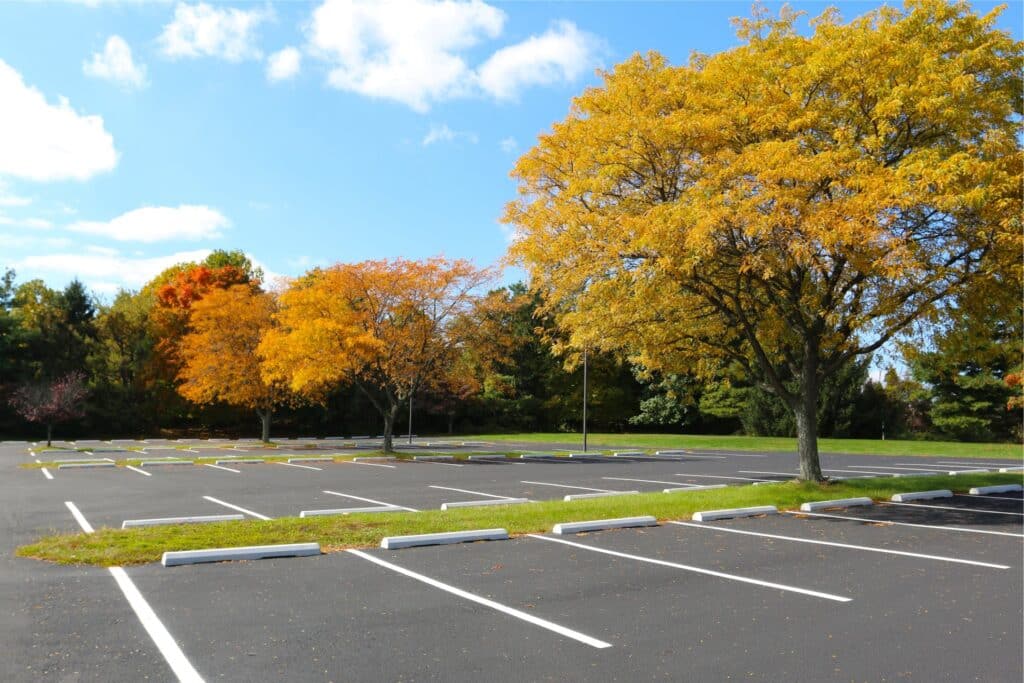
This is causing drivers to become over-reliant on the technology and develop bad habits that cause accidents.
Understanding what they can do
Researchers found that nearly 80 percent of drivers with blind spot monitoring systems were unaware of limitations, namely that they can’t accurately detect bicycles, pedestrians or vehicles passing at very high speeds. The technology can only detect vehicles traveling in a driver’s blind spot and many systems can’t consistently detect pedestrians or cyclists. It was also found that about 25 percent of drivers with blind spot monitoring or similar systems reported being comfortable relying solely on them and don’t perform visual checks for oncoming traffic or pedestrians.
In the cases of forward collision warning and automatic emergency braking, nearly 40 percent of drivers did not know the system’s limitations or confused the two technologies. These drivers believed that forward collision warning could apply the brakes in the case of an emergency, while this technology is only designed to deliver a warning signal. These systems also lead some drivers to falsely believe that they can multitask while driving, which accounted for about 25 percent of those surveyed.
When properly used, these systems have proven their ability to prevent 40 percent of crashes and 30 percent of fatalities. Unfortunately, research has also shown that there is still a lot of work to do to ensure that drivers are educated about the capabilities and limitations of these systems. The simple reality is that driver assistance systems are intended to supplement safe, responsible driving, not to replace it.
At least 70 percent of motorists report that they would recommend the technology to other drivers, though only half of drivers recalled being offered training on the advanced safety features. This likely contributes to the issue at hand and can spread the misconceptions when drivers recommend the features to others.
Driver responsibility comes first
Drivers need to be aware of the capabilities and limitations of their vehicle’s safety features. Believing that they can replace safe driving habits can nullify any safety benefits that they provide to drivers. If you were injured in an Oregon car accident, you may be entitled to compensation. It’s important to take action by contacting an experienced auto accident attorney promptly to make sure your rights are protected.
Contact us today for a free, confidential case evaluation.
This entry was posted on Thursday, November 15th, 2018 at 7:22 pm and is filed under Car Accidents. You can follow any responses to this entry through the RSS 2.0 feed. You can leave a response, or trackback from your own site.










